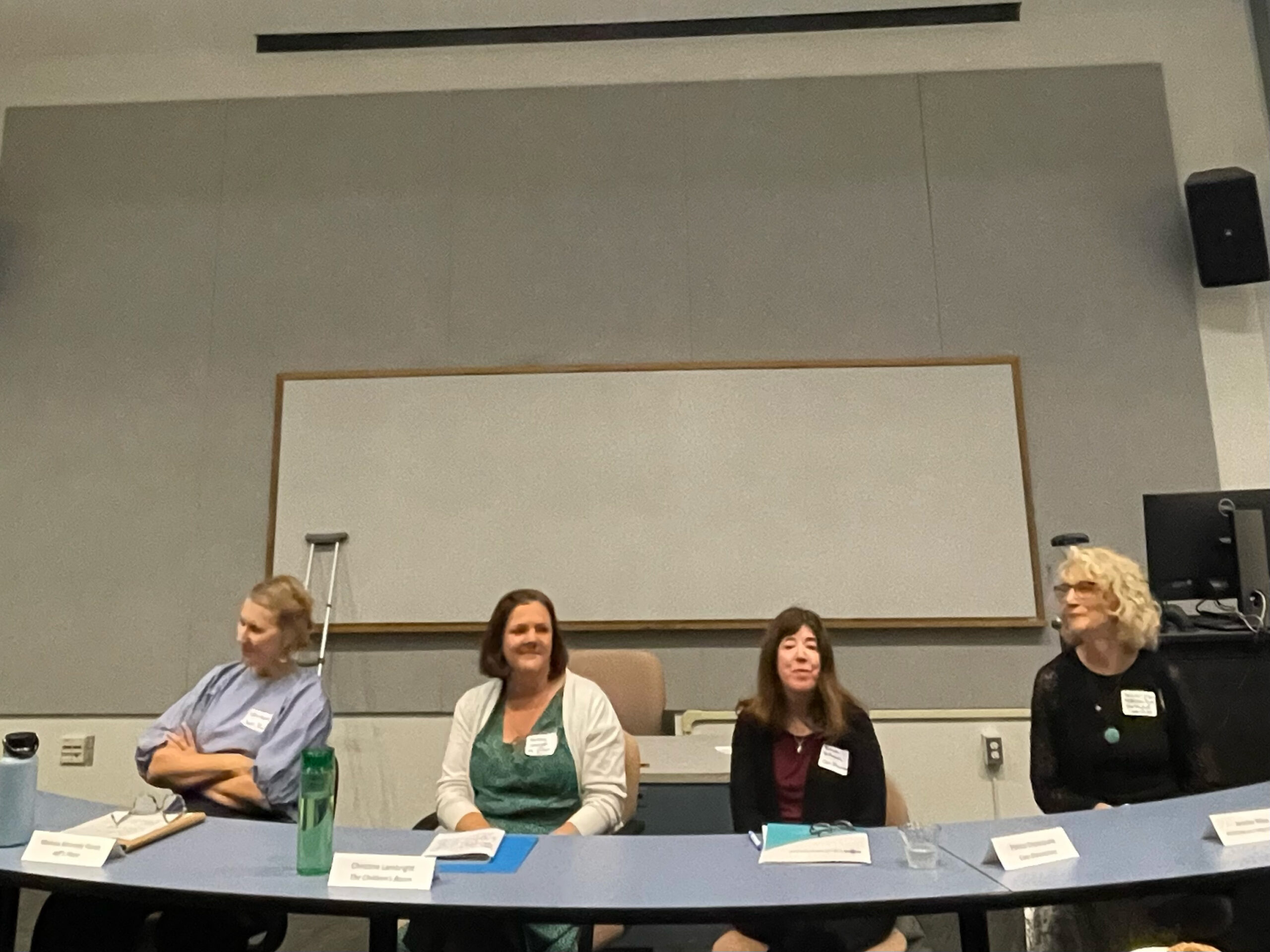The Parmenter Foundation recently hosted a powerful panel event at Regis College, bringing together experts from nonprofits to explore ways of better understanding grief in our community. The Children’s Room was proud to participate. Christine Lambright, our Program Director for School and Community-Based Services, joined the panel for the breakout session on “Children’s Bereavement and Grief in the Workplace.” The panel discussion covered a wide range of topics, from the evolving understanding of children’s grief to the importance of proactive grief education, and included speakers from Care Dimensions, HeartPlay, Jeff’s Place, and many others. Below are some key insights shared during the event.
The Evolving Understanding of Children’s Grief
Grief looks different across developmental stages, and it’s essential to recognize these differences when supporting children. Patrice DePasquale of Care Dimensions emphasized the anxiety children often feel after losing a loved one, especially in their heightened awareness of their surviving parent’s well-being.
“We often see this kind of hypervigilance and hyperawareness of the surviving parent’s physical and mental health,” Patrice explained. “Children worry about whether their parents will get them to places on time or if they’ll be okay, and there’s a lot of anxiety around that.”
Christine echoed the importance of early intervention and understanding children’s grief, noting how adults’ fears can sometimes complicate matters. “A lot of our fears as adults come from worrying about how kids will react or what questions they’ll ask,” Christine shared. “But children are often more resilient than we give them credit for. By integrating grief language into our everyday interactions, we give them the tools to express themselves when they need it most.”
The Role of Support Groups and Continuity of Care
Support groups are crucial in providing a safe space for grieving children, teens, and families to share their stories without fear of judgment. Patrice emphasized how grief manifests uniquely for everyone. “Grief looks different for each individual. Every story is different, and there’s no one way to grieve,” she said.
Support groups at The Children’s Room create an environment where children and teens feel comfortable being themselves without being defined by their grief. Christine highlighted the importance of treating grieving children as individuals, not just as “the grieving kid.”
“Let them be people,” Christine urged. “One of the main things we hear from grieving kids and teens is that they feel like they have a label over their heads. It’s the first thing people think of when they interact with them. But treating them as whole individuals, not just through the lens of their grief, is essential.”
Proactive Grief Education for Families and Caregivers
A key takeaway from the panel was the importance of normalizing conversations about grief before a loss even occurs. This proactive approach prepares children, families, and caregivers to navigate grief in healthier ways. “Normalize it. It should be part of our everyday language,“ Christine advised. “When something happens, children will feel more empowered to talk about it, rather than bottling it up.”
Grief education doesn’t just prepare families—it helps entire communities better support those experiencing loss.
The Need for Inclusive Grief Support in Diverse Communities
Grief impacts all communities, but access to grief support often lacks inclusivity. Christine spoke about The Children’s Room’s collaboration with schools during Children and Teens’ Grief Awareness Month, where they strive to make grief resources accessible to all students, regardless of language barriers.
“We aim to include multiple languages in our materials and prompts for school-wide activities during Grief Awareness Month,” Christine shared. “It’s a beautiful thing to see students step in and share memories, messages, or names, often in their native languages. We always tell them, ‘You don’t have to write or read in English—this space is for you.‘”
This commitment to inclusivity ensures that children from diverse backgrounds can access the support they need in ways that are meaningful and comforting to them.
Expressive Arts in Grief Processing
Another powerful tool discussed was the use of expressive arts in helping children process grief. The Children’s Room regularly incorporates art activities, such as creating memory boxes or hearts with messages, to help children express their emotions in ways that feel natural. Christine shared a poignant moment: “We have activities where students can write messages or memories on a heart. Sometimes they’ll ask, ‘Can I write this in my own language?‘ and we always say, ‘Of course! This is for you.‘”
Expressive arts offer grieving children a creative outlet to share their feelings and experiences, helping them feel seen and understood without needing to put everything into words.
—
The Parmenter Foundation panel was a vital conversation about the evolving needs of grieving children, families, and communities. Through proactive education, inclusive support, and creative approaches like expressive arts, The Children’s Room and other organizations continue to provide the resources and care necessary to ensure that no child, teen, or family has to grieve alone.




